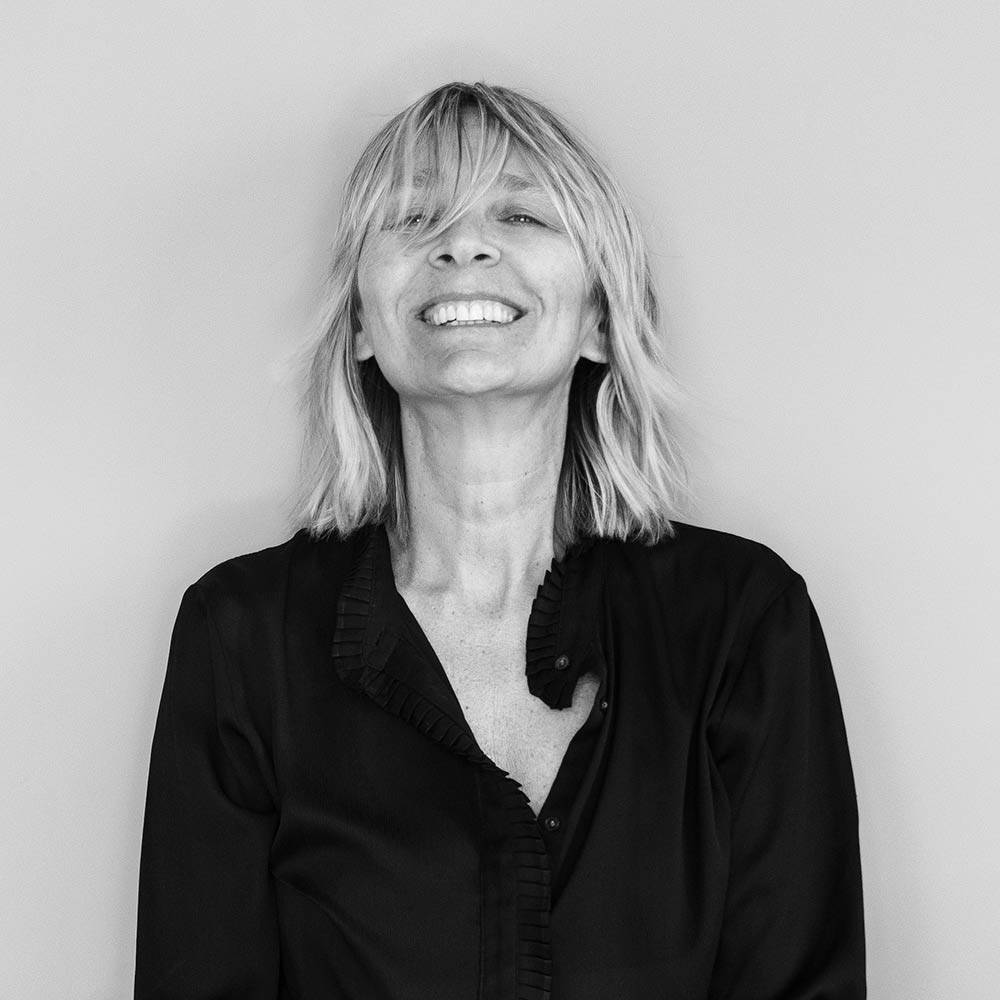I was born in Buenos Aires, Argentina, in 1966 and had the privilege of living in cities like São Paulo, Mexico City, and Barcelona. Each of those places has left an indelible mark on me. I love them. They are my second homes.
I discovered my passion for photography after exploring studies in philosophy, fashion design, and landscaping. Everything I received back then continues to pulse in my works. Currently, I reside and develop my projects in Buenos Aires.
I have actively participated in fairs and exhibitions, both nationally and internationally. The UN has exhibited some of my photos on three occasions. I had the honor of seeing my work published in different internationally renowned books and magazines. I have also collaborated with Sony Alpha Latin seminars.
My work focuses on the unnoticed with the intention of making it noticed, and my terrain is the everyday. Introspection and silence are, along with my camera, my best allies when it comes to questioning reality and allowing myself to be questioned by it. I pursue the veiled, not to unveil it, but to point out its mystery. I go after the traces, not the evidence. That which begs to be seen and whose secrets I hear while looking. Photography places me at the threshold of the thousands of half-open doors that I encounter in my routine. Its mystery attracts me for what it suggests as a clue, not for what it holds in darkness. My joy: that the viewer stops at its threshold.
STATEMENT
I photograph the unnoticed, and my terrain is the everyday. Introspection and silence are, along with my camera, my best allies when it comes to questioning reality and allowing it to question me. My work seeks to capture what words lack. I pursue the veiled, not to unveil it, but to point out its mystery. I go after the traces, not the evidence. That which begs to be seen and whose secrets I hear while looking.
Photography places me at the threshold of the thousands of half-open doors that I encounter in my routine. Its mystery attracts me for what it suggests as a clue, not for what it holds in darkness.
